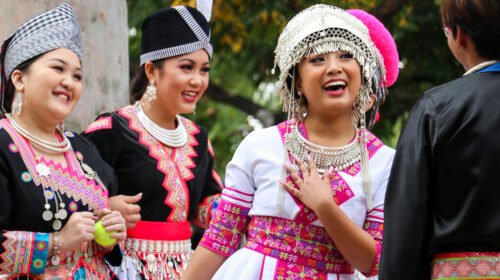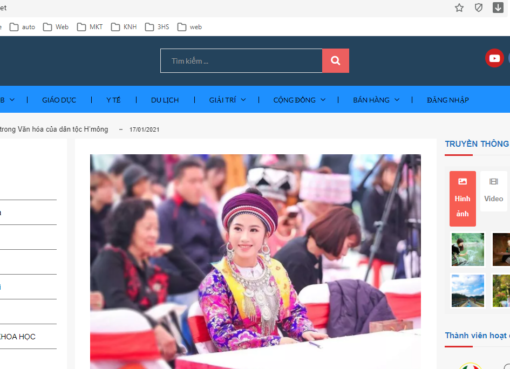The Hmong community, originating mainly from the mountainous regions of China, Laos, Vietnam, and Thailand, has a rich history and diverse cultural heritage. Over the years, a significant number of Hmong people have migrated to the United States, making them a unique and integral part of the American social fabric. In this article, we will explore the history, contributions, challenges, and current state of the Hmong community in the United States.
Historical Background
Post-Vietnam War Migration
The Hmong people’s migration to the United States primarily occurred after the Vietnam War. Many Hmong had allied themselves with U.S. forces, particularly in the CIA-led Secret War in Laos. After the U.S. withdrew and communist governments took over in Laos and Vietnam, the Hmong faced persecution, leading many to seek refuge in Thailand and eventually resettle in Western countries, including the United States.
Resettlement Areas
Initially, Hmong refugees were scattered across the country, but over time, they formed significant communities in areas such as the Twin Cities in Minnesota, Fresno in California, and Milwaukee in Wisconsin.
Contributions
Economic Impact
The Hmong community is known for its strong work ethic and entrepreneurial spirit. Over the years, they have contributed to the economy through a variety of vocations, from agriculture and small businesses to professional services.
Cultural Contributions
The rich tapestry of Hmong culture, featuring its unique language, textiles, music, and food, adds vibrant diversity to the American cultural landscape.
Civic Engagement
Members of the Hmong community are becoming increasingly involved in public life, running for public office, and advocating for social justice issues, including racial and economic equality.
Challenges
Socio-Economic Issues
Many Hmong Americans still face challenges such as language barriers, lower educational attainment, and poverty.
Intergenerational Conflict
The gap between the older, more traditional generation and the younger, Americanized generation can sometimes lead to familial and communal tensions.
Discrimination and Stereotyping
Like other minority groups, the Hmong community faces instances of discrimination and stereotyping, which can affect their educational and economic opportunities.
Current State
Growing Influence
Despite the challenges, the Hmong community is becoming more prominent in American society, with increasing numbers of young professionals and leaders emerging from this group.
The Importance of Education
There is a strong emphasis on education within the community as a tool for socio-economic improvement. Many second and third-generation Hmong Americans are graduating from universities and entering diverse professional fields.
Cultural Preservation
Community events, traditional Hmong New Year celebrations, and the growth of Hmong arts and literature are some of the ways this vibrant community is keeping its unique culture alive in America.
Conclusion
The Hmong community in the United States, though relatively small compared to other ethnic groups, plays a significant role in enriching the nation’s cultural diversity and contributing to its social and economic development. While they face a unique set of challenges, their resilience, rich cultural heritage, and growing influence make them an integral part of the American tapestry. Understanding their history, contributions, and struggles offers valuable insights into the complexity and richness of the American immigrant experience.
#3Hmoob #Hmong #Hmoob








Comment here
Bạn phải đăng nhập để gửi bình luận.